Understanding the Fundamentals Will Lead to a Succussful Low Voltage Design
The Good News
A well planned low voltage design is the key to a successful system. This isn't the fun stuff, but if you want your system to work the way it should; this is necessary. If you're like me, you like knowing why something works. Or why it doesn't! Low voltage lighting
is a great way to add safety, security, and appeal to your yard. There are many good reasons to use low voltage lighting for your outdoor lighting. It is relatively inexpensive, both to purchase and to operate, and almost anybody can install it themselves. You don't need to dig holes and bury wire in most applications (unless you have a run across the lawn) and the connections are easy to make. With only 12 volts, you really don't even have to worry about enough electricity to hurt yourself, so they are safer than 120 volt systems. Low voltage systems are easy to change or move as your outdoor design changes. With some basic understanding of the fundamentals of low voltage design you can plan the perfect system for your needs.
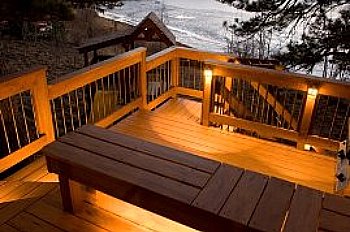
What is Voltage Drop?
As electricity travels through wire and light bulbs, it gets weaker. That's why you have multiple electrical circuits in your house. Standard household current (in the U.S.A.) is 120 volts. That voltage can vary a little, but remains close to that level. If voltage drop didn't occur, you would need only one circuit for your entire house. But you have many circuits, some of which are dedicated to a single purpose, for example a dishwasher or a refrigerator. The same principal applies to low voltage design. While your wire may leave the transformer carrying 12 volts, by the time it travels down the length of the wire and powers up multiple bulbs along the way, it will not still be 12 volts at the other end of the wire. A smaller wire is more restrictive (causing more resistance) than a larger wire. Think of how more water flows more easily through a large hose rather than a small hose. A larger bulb, requiring more wattage, reduces the voltage more than a smaller one. Think of having a lawn sprinkler running half way down the hose above and how that would reduce the water flow at the end of the hose. This isn't a perfect analogy, but you get the idea. The bottom line is that when the voltage that is supplied to a bulb is reduced below the bulb's rated voltage, the light output of that bulb will also be reduced. This reduction isn't a direct one to one reduction. For example, if the voltage supply is reduced by 15%, the light output is reduced by about 50%, and goes down quickly from that point. So you need to make sure you keep the voltage supply near 12 volts.
With a 12 volt system you will need to pay more attention to voltage drop since you will start out with only one tenth as many volts as a household circuit. That is the primary reason that you need to be aware of voltage drop and how to compensate for it.
What To Do About Low Voltage Drop
There are essentially three areas of concern regarding voltage drop; 1)the size of the wire, 2)the wattage required to supply the bulbs on a given cable run, and 3)the distance from the power source to the end of the cable run. By monitoring and manipulating those factors you can make sure your low voltage design will actually work the way you expect it to. A normally acceptable level of minimum light output is 50% for the last fixture on a given run. If you end up with less than that you need to either use a larger wire, lower the total wattage used on the run, or shorten the length of the run. The chart below will help you decide what the acceptable limits are when those three factors are calculated.
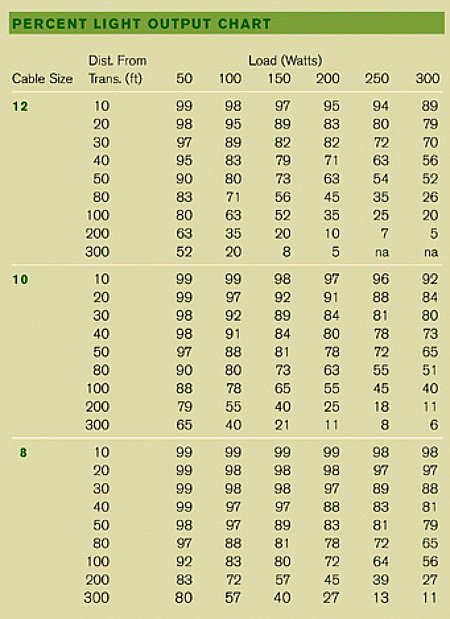
Let's Work Through an Example of Low Voltage Design
Let's try an example for a low voltage design using the chart. Let's say we're using a 300 watt transformer and we have seven 20 watt bulbs and two 30 watt bulbs on our run, for a total of 200 watts. We have 12 gauge wire and the farthest light from the transformer is 50 feet away. If we look at the chart in the 12 gauge section under 200 watts of load, at a distance of 50 feet, we see that we will still have a 63% minimum light output. That's over 50% so we are fine.
Now let's leave everything the same except for the distance - which we'll change to 100 feet. Uh-oh, now we have only 35% minimum light output. So we can either shorten the distance (back to 50 feet), or lower the wattage (150 watts will work, just barely), or we can use bigger wire and leave everything else the same. 10 gauge wire brings us back to 55% - which is OK. So use these guidelines to help you determine the optimum layout for your low voltage design.
Many transformers have multiple taps that provide a place to start several separate runs from a central location. It's always best to locate your transformer as close to the center of your overall layout as possible. If the total length of your whole layout is 300 feet, try to get the transformer close to the middle so you can use two 150 foot runs. As you can see from the chart, it's difficult to supply adequate power to many lights at 300 feet, even with 8 gauge wire.
Some transformers also provide taps that provide more than the standard 12 volts of output, usually 13 or 14 volts. This helps when you know you will have a long run to your first lights. Be careful to avoid over powering your fixtures since that will cause the bulb life to be much shorter.
This really isn't complicated, so just take your time and spend a little energy in the planning stage. You'll end up with a low voltage design that will work properly and will serve you well for years to come.
Go to Backyard Waterfalls
Go Home from Low Voltage Design
Backyard Design Ideas - Proudly serving the Lake Norman area of Central North Carolina including the following towns and counties; Mooresville, Troutman, Charlotte, Statesville, Mt. Ulla, Mt. Mourne, Davidson, Huntersville, Denver, Iredell County, Mecklenburg County, Lincoln County, Cabarrus County, Catawba County, Rowan County. Call us today for a free estimate. 980-722-7370.
Simply The Best. Camino Construction Servicesis the best source for decks, porches, gazebos, whatever your outdoor construction needs may be. In central North Carolina, they are the recommended builder of Backyard Design Ideas. Give them a call - 980-722-7370.
All of the information and ideas provided here are free to you. If you would like to help us keep it free, consider a donation. Any amount is greatly appreciated, although donations over one million dollars will get you a personalized note of thanks! Anyway, if you want to help, just click the button below. Thanks!
Related Pages

Deck Design Ideas
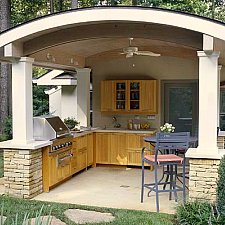
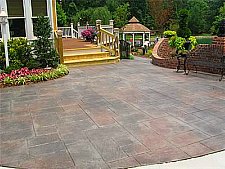
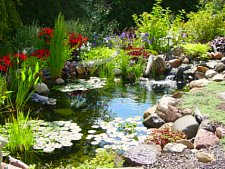
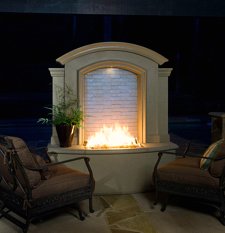
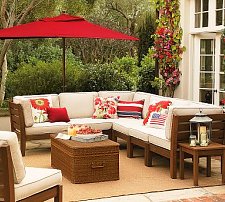
Outdoor Furniture About This Site What is SBI?
Most Viewed Pages
Backyard Pond Ideas Outdoor Fireplaces BBQ Islands Teak Deck Furniture Deck Railing Options Water Gardens Low Voltage Lighting Backyard Waterfalls Grills - Which Is Best? Deck Materials - What Is Best? Outdoor Kitchen Cabinets How To Stain Your Deck







New! Comments
Have your say about what you just read! Leave me a comment in the box below.